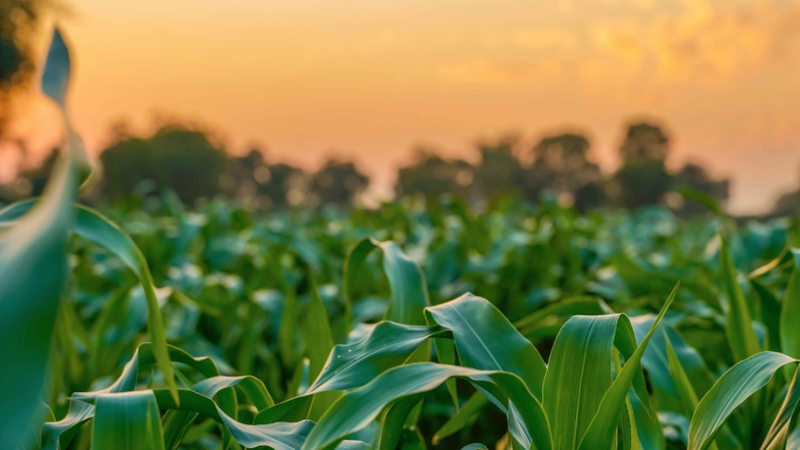Precision Ag Survey: Final Thoughts And Future Trends
The 2013 precision dealer survey again showed that guidance systems clearly dominated as the precision technologies most used by agricultural retailers. Coming up fast behind guidance systems were sprayer boom and nozzle controls. Manual guidance has been on top for years. However, recently, autoguidance has caught up. Sprayer boom and nozzle control systems were just added to the survey in 2011.
It isn’t a big surprise that these three are at the top. With each, being able to apply crop inputs more precisely, reduce the overlap in field passes, minimize skips and oversprays along field borders, waterways, point rows and end rows all contribute to the bottom line by directly reducing costs. In visits with dealers, some have noted that these systems can pay for themselves in just one year’s use. This is all automated technology that doesn’t depend on human intervention or another set of information to make a decision — just the position in the field from GPS.
This is in contrast to using the more information-intensive technologies such as satellite/aerial imagery, grid or zone soil sampling and soil electrical conductivity mapping to measure spatial characteristics in the field, and then using that information to variably apply fertilizers, crop protection products, seeds and other inputs across fields. Each of these information-dependent technologies has great potential to substantially reduce inputs and increase yields, but seeing the results isn’t usually as immediate or straightforward.
Making Gains
But while the guidance and other position-only technologies remain at the top, the 2013 survey results showed some of the largest gains in the survey’s history in grid or zone soil sampling, remote sensing, yield monitor data analysis and variable-rate nutrient applications — technologies that depend on site-specific, variable field information as an input to manage fields in a site-specific way. This begs the question: After two decades into this business, are we better realizing one of the original promises of precision farming, understanding the reasons for field variability and how our management can address this?
Many agricultural dealers first entered the precision farming arena in the 1990s by offering grid or management zone soil sampling, and investing in custom fertilizer and lime spreaders to variable-rate these inputs. At the same time, their grower-customers began using combine yield monitors linked to GPS and began producing yield maps. While the differences seen in soil characteristics and the variation in productivity across fields were often striking, it often became difficult to relate cause and effect. Certainly, a few things were obvious — yield effects along tree lines, the eroded hillside, or that big hole in the yield map where the tile was broken. And by grid or zone sampling, users could often better see and address the nutrient variability in fields. But they didn’t see the big advantages that many of us observing from afar expected to see.
Future Trends
As we look to the future in using information to spatially manage fields, the following factors come into play in making a site-specific approach work:
- Correlations between spatial information and crop responses. What is measured must relate to a factor that influences crop responses. While this may be obvious for direct measures such as soil or tissue samples, it isn’t as obvious with indirect measures such as aerial imagery or soil electrical conductivity. Crop responses to inputs can be complicated. There are dozens of factors that influence crop yields, and these often interact.
- Differential crop responses to inputs. Looking at a response curve, bigger differences in crop responses favor a variable approach.
- Economics rule. The time and expense associated with obtaining site-specific information can’t overwhelm the advantages to spatial management. Currently, cost savings dominate, but in the future it could be related more to yield gains or to reducing the environmental impact.
- The spatial density of information needed to characterize the variability. For example, how many pixels are needed in a picture to decipher the objects it has captured?
- Costs of inputs and the value of the crop. High cost inputs and high crop values both favor a site-specific approach.
To make spatial management worth doing vs. a whole-field approach, the cost of the information gathering, data analysis and costs related to variable-rate application need to be less than the returns generated from input savings and yield increases. Twenty years into precision farming, the market still doesn’t fully understand the variation seen in yield maps and most growers are still managing their seeding rates, crop protection products and nutrients on a whole field basis.
A one-year jump in survey results doesn’t necessarily signal a trend, as we’ve seen before in this survey. But it does give hope that maybe the marketplace is making some gains in figuring this out.






